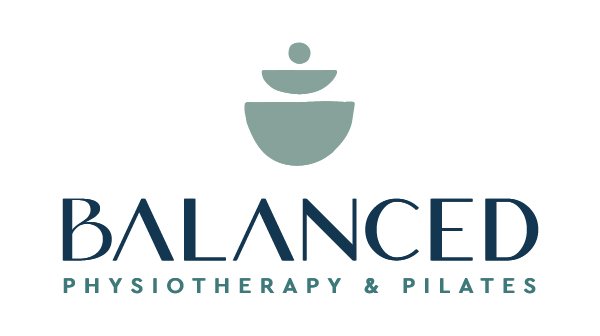Exercise in pregnancy
Exercise is recommended in pregnancy and has numerous benefits to both mother and baby! There are a few things that need to be taken into consideration, due to the changes happening in the body, however, pregnancy can be a time to embrace some healthy lifestyle changes!
Exercise during pregnancy has been shown to lower the incidence of: preterm birth, gestational diabetes mellitus, excessive gestational weight gain, pre-eclampsia, caesarean birth and a lower birth weight. Research has shown that women who exercise during pregnancy have higher rates of vaginal delivery with shorter and less complicated deliveries with fewer neonatal complications.
It is recommended that pregnant women about to embark on an exercise program are screened by their doctor to ensure there are no medical conditions or pregnancy complications that may need to be accounted for.
Once cleared, the recommended dose for exercise during pregnancy is the same as for all Australians - 150 - 300 minutes of moderate intensity exercise each week. Ideally 30 minutes each day, consisting of aerobic and strength training.
Some things that need to be taken into consideration when starting an exercise program during pregnancy include previous activity levels, status of the pelvic floor, ligamentous laxity and the changing shape of the mothers body.
Women who were not previously exercising are advised to slowly introduce exercise to their week by starting off with shorter sessions and having a day off in between.
The pelvic floor muscles undergo more strain during pregnancy due to the weight of the growing baby. Regardless of delivery method, women can experience pelvic floor weakness during pregnancy. Due to this, including strength training of these muscles is important to avoid implications of a weakened pelvic floor. Depending on the status of the pelvic floor (potentially due to previous births) may mean some exercises should be modified, or the mother aware of pelvic floor safe workouts.
Some women can experience pelvic girdle pain during pregnancy, sometimes related to ligamentous laxity. Strengthening becomes even more important here, as the muscles of the hip and spine can help provide support to the pelvis. These women though, can find their pain irritated with different activities and benefit from advice around the right type of exercise along with a structured strengthening program to address any deficits.
Due to the changing shape of the body, there is a shift in the center of gravity which can add pressure on the lower back. Specific exercises to help counter this can be useful along with stationary cycling or exercising in the water to help reduce the load and strain going through these areas. Exercising supine (on your back) is generally not recommended, although the time in which to avoid this varies, the RANZCOG guidelines recommend ceasing after the first trimester.
Other recommendations include avoiding contact activities or activities that may cause you to fall, as well as scuba diving. Although exercise has not been shown to raise core body temperature excessively, the ACOG guidelines do suggest exercising in a thermoneutral environment. Exposure to heat, for example spas and saunas have been associated with an increased risk of neural tube defects.
In summary, exercise is safe and beneficial to both mother and baby! Begin by getting a clearance from your doctor. If you’re new to exercise, start slowly but work towards 30 minutes of moderate intensity exercise most days of the week. Avoid exercising in the heat, or on your back after the first trimester. Your regime may need to be modified if you’re experiencing any pain or pelvic floor symptoms.
Following these guidelines, mothers can enjoy the many benefits of exercise along with beginning a new habit to take into the postpartum period!
